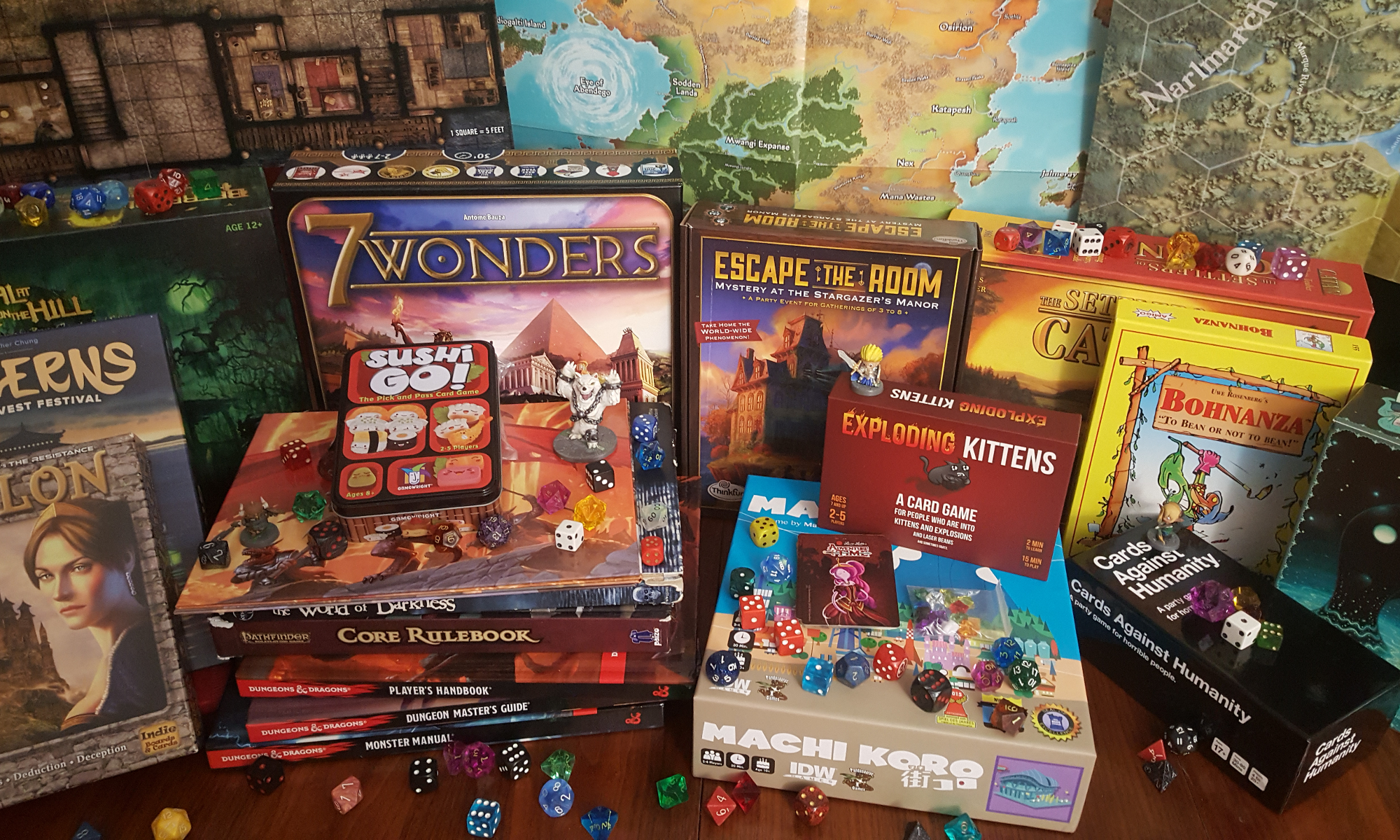Today on Save Vs. Rant, we’re continuing our series on the Rise of the Runelords Adventure Path by Paizo Publishing with the third module in the series – The Hook Mountain Massacre. Ogres and their kin, Stone Giants, townsfolk in peril and yet another ghost story await!
For those paying attention, you may note a lot of syncopated repetition, backtracking and recycled ideas in Pathfinder Adventure Paths, Rise of the Rune Lords being no exception. If and when you write your own adventure, you may be tempted to make it as unique as possible, avoiding anything that resembles another portion of the adventure. This, however, is almost always the wrong approach. Let me explain.
You may be familiar with the website tvtropes.com which analyzes the tropes at play in various media. Tropes are motifs or recurring imagery or ideas that appear in media*. Some might be tempted to shy away from or even disdain such analysis, believing (falsely) that understanding the underlying concepts behind their ideas will rob them of some artificial idea of originality. The frameworks of most themes, however, are extremely old, many finding their origins in ancient literature and religious texts. The Book of Ecclesiastes goes so far as to say, “There is nothing new under the sun,” and I strongly suspect good King Solomon cribbed that quote from some earlier philosopher.
Don’t despair! Originality is ephemera! Original characters aren’t original because they do things that no one has ever done before – they’re original because they’re a new or creative configurations of old ideas. Characters such as the casts of book series like A Song of Ice and Fire, The Lord of the Rings or The Hunger Games can be disassembled to their composite parts, but that doesn’t make the characters less interesting. On the contrary – we identify with characters in media because they remind us of ourselves, our friends, our enemies, our peers and the people we see in real life. The fact that they also have extraordinary characteristics – wits, charm, brilliance, skill, cunning, physical prowess – make us admire, fear, disdain or love the characters. But no reasonable person would argue that John Snow does not represent an amalgam of existing archetypes; none would say that Katniss Everdeen doesn’t have traits in common with many a heroine before her and many a heroine to come; no one is claiming that Tolkien invented dwarves, elves or even halflings (though his interpretations of these iconic mythological beings have persisted precisely because of how interesting his particular configurations of them are). In each of these cases, what we have is a memorable configuration – a strong example of archetypes that combine into a form we relate to and find interesting.
When writing a game, repeated elements give the players and their characters a chance to approach familiar situations from new angles, refining or reconsidering their tactics and feelings on them. Consider a common battle trope – the support character. Be they bard, cleric, wizard or some other type entirely, a support character provides the rest of the combatants with an edge beyond merely participating in combat. The first time players encounter this**, they are not likely to be well-prepared for it – they may simply run headlong into battle and take on each foe positionally. However, the more they encounter this situation, the more likely they are to recognize the tactical advantage of taking out the support figure first, then moving on to the enemies. Likewise, having enemies that periodically have the presence of mind to focus on the players’ own support team might cause them to recognize the need to protect these characters. Without some repetition, these themes will be lost.
Beyond combatants, layouts with familiar elements can be used to improve the overall experience of a game. Consider the sawmills in The Skinsaw Massacres. Although the player characters do not engage in combat at the first sawmill, they observe that a character has been thrown into the rotating blade to devastatingly lethal effect. This primes them to recognize the viability of this strategy when they fight the cultists in the second sawmill. This sort of foreshadowing makes the player characters feel that they can learn from their surroundings and improves overall engagement.
Beyond that, there’s thematic repetition, which primes the players to expect themes to come around full circle. These forms of repetition are excellent for creating compelling stories that improve the engagement of your players. The Rise of the Runelords Adventure Path features this sort of repetition as well – there are scarecrows that attack the player characters on the farms in the second module, and a powerful monster called “the scarecrow” later in the same module. The haunts and ghosts in that module also pave the way for the ghostly encounter in The Hook Mountain Massacre. Nearly every Paizo Adventure Path has this sort of repetition built into it, some more blatantly than others.
In the Kingmaker Adventure Path – probably my favorite and the only one I’ve run to completion – there is a repeating theme in the boss fights that I felt was strong enough that, with very little enhancement, it could be made into something truly memorable.
While originality often entails creating something that your players aren’t directly familiar with – you should try to avoid, for example, cribbing the plot of a television show, movie or novel verbatim – it’s important that the elements you include are familiar enough to allow your players to relate to them and persistent enough that they build an expectation that they will be able to overcome them not merely through good fortune or quick reactions, but also by building a toolbox of strategies and tactics that match the challenges they face. One thing we hope to inspire by covering Paizo’s excellent work in this Adventure Path is the sense that being able to proactively plan for events, battles and scenarios is a desirable outcome of using material that has some predictable elements and letting your player characters tackle challenges that they recognize at least in spirit.

